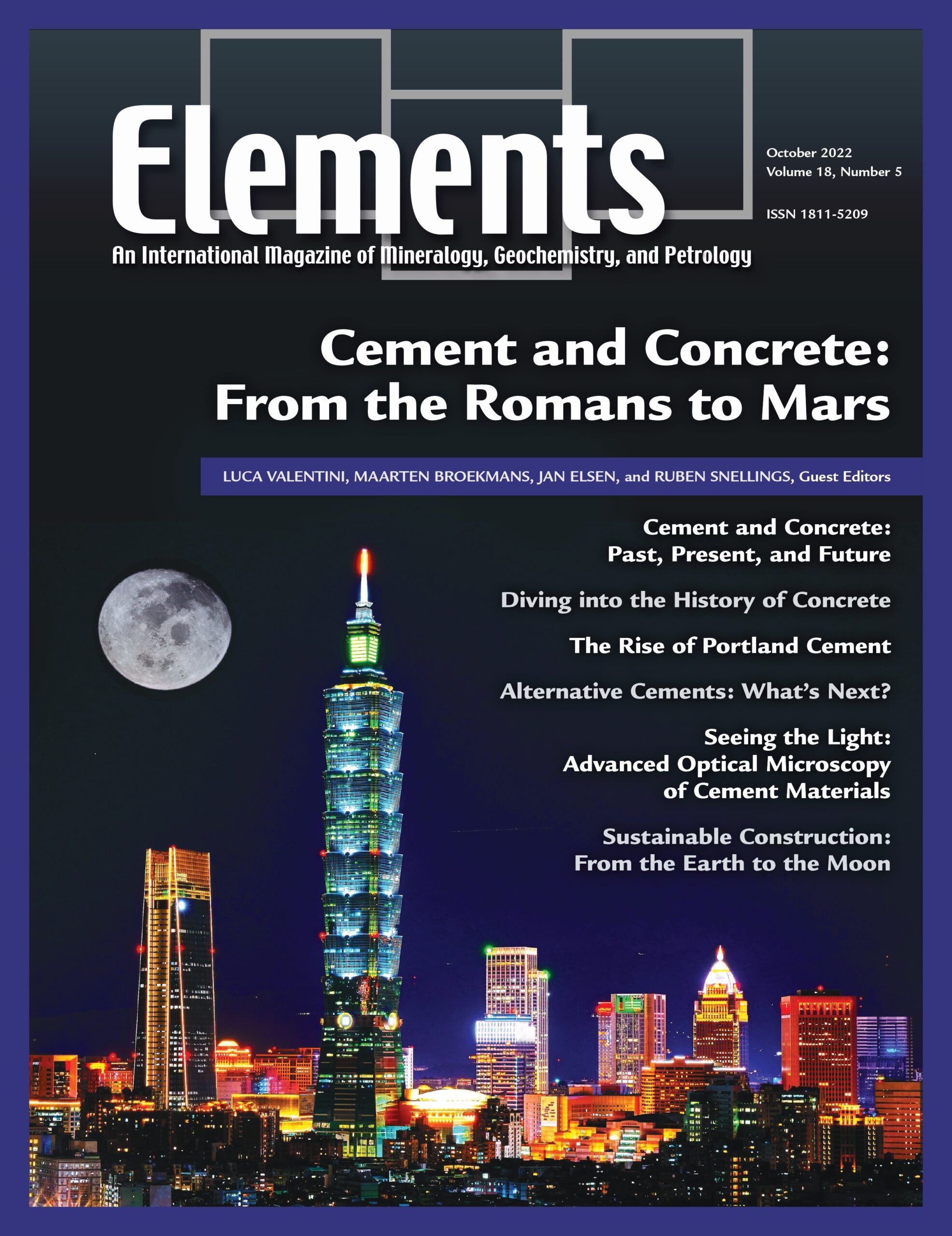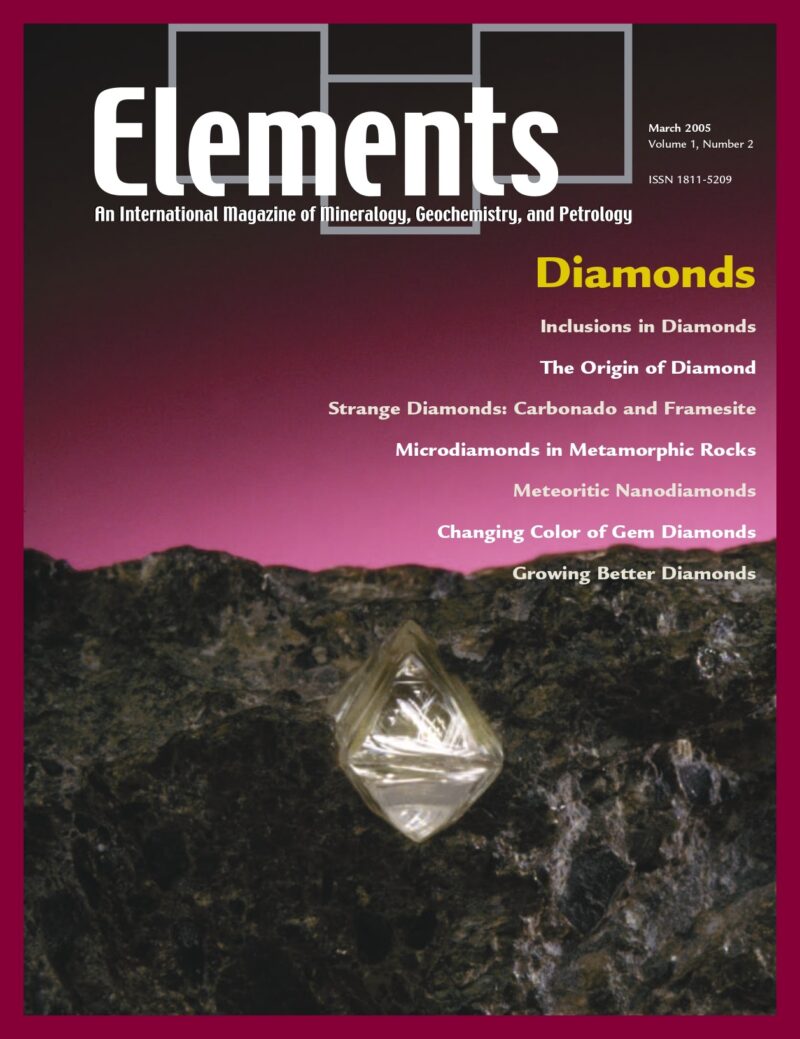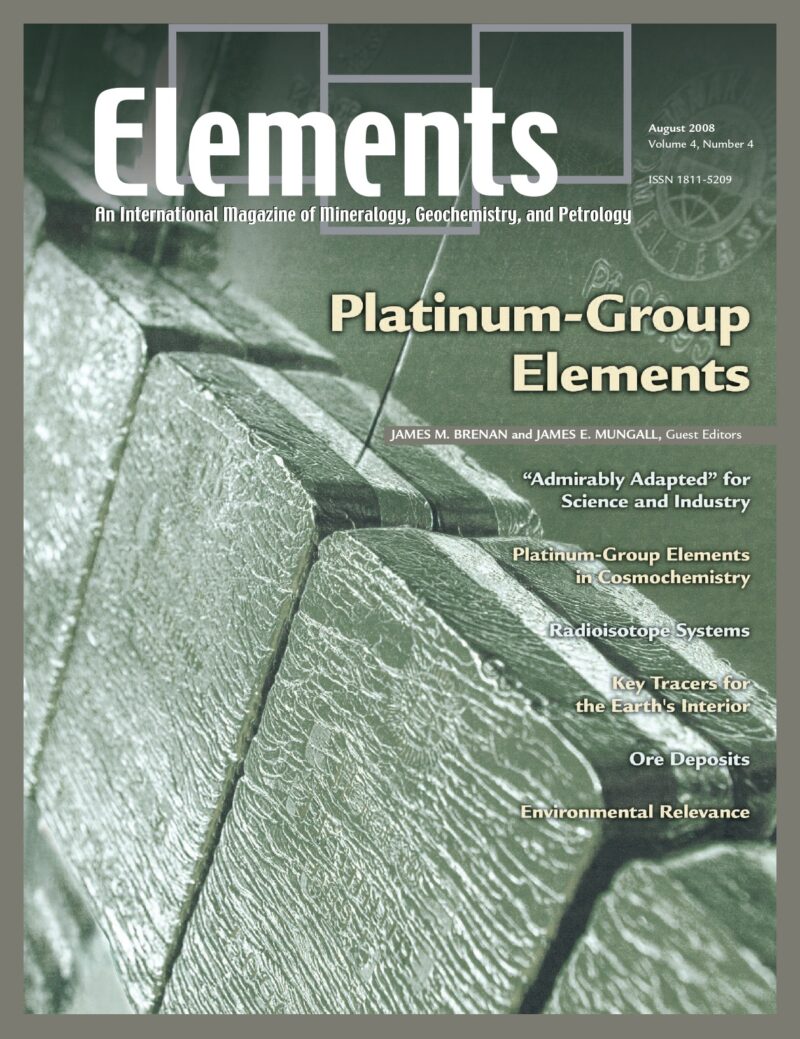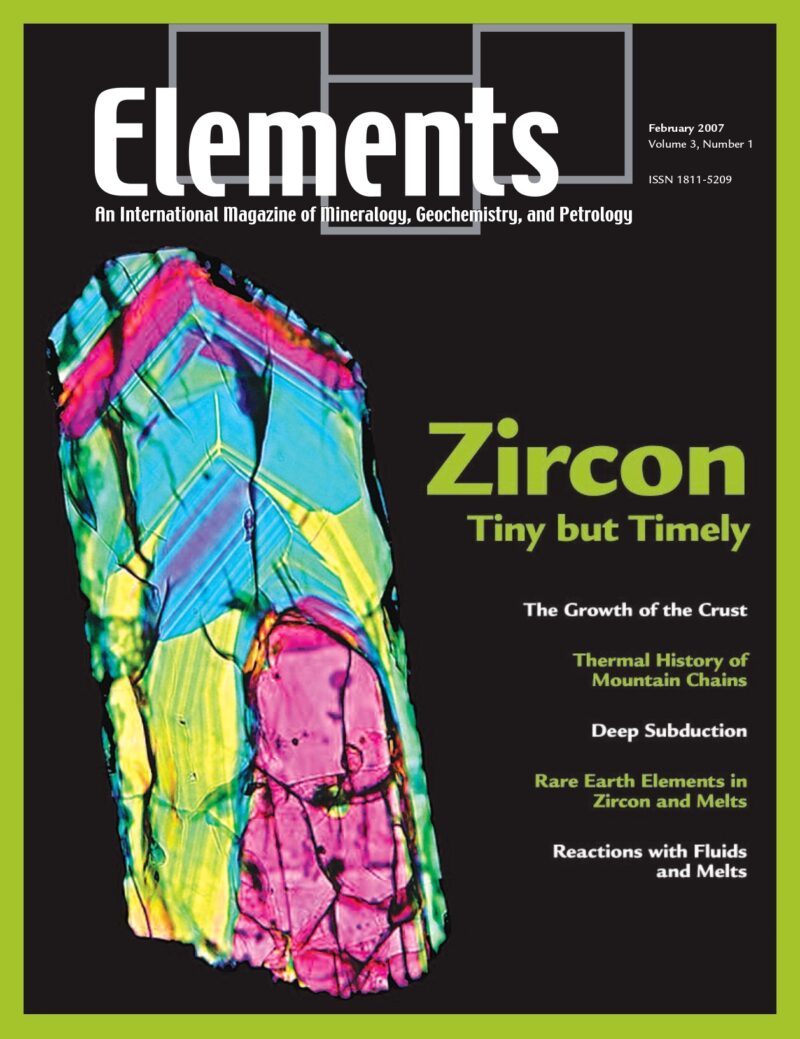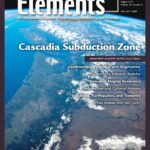
Cascadia Subduction Zone, August 2022, Vol. 18, No. 4
June 28, 2024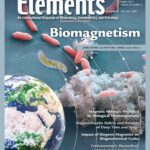
Biomagnetism, August 2023, Vol. 19, No. 4
June 28, 2024Cement And Concrete: From The Romans To Mars, October 2022, Vol. 18, No. 5
$20.00
Portland cement represents an essential commodity in a developing and quickly urbanizing world. However, the downside of its popularity is a massive ecological footprint, in terms of global warming potential and consumption of mineral and water resources.
Cement And Concrete: From The Romans To Mars
October 2022, Vol. 18, No. 5
Portland cement represents an essential commodity in a developing and quickly urbanizing world. However, the downside of its popularity is a massive ecological footprint, in terms of global warming potential and consumption of mineral and water resources. Therefore, the development of sustainable alternatives to ordinary Portland cement constitutes a fundamental technological and societal challenge. In this context, mineralogy and geochemistry play an important role in assessing primary and secondary resources for a new generation of cement and concrete that has a reduced ecological footprint, drawing from the knowledge of both ancient and modern binders. Mineralogical and geochemical tools are also essential to establishing a link between the basic physical and chemical processes that occur during the production, hardening, service life, and degradation of concrete.
Why You’ll Love Elements Magazine:
- Expert Contributors: Articles written by renowned researchers in the field of geoscience.
- Engaging Content: Join a community of readers who are passionate about Elements.
- Exceptional Quality: Each issue is printed on high-quality paper with stunning visuals and detailed illustrations that bring complex scientific concepts to life.
Order your copy of the October 2022 issue of Elements magazine today and explore cement and concrete: from the Romans to Mars.
Related products
-
Diamonds, March 2005, Vol. 1, No. 2
$20.00Diamond, the fascinating ultrahard mineral, is the focus of considerable interest and scientific research. Recent advances particularly relevant to geoscientists include: diamond as a recorder of Earth processes from the perspective of inclusions, chemistry, and conditions of formation; synthesis for research applications and processing to modify color and physical properties, important to diamond gems and anvils; the implications of nanodiamonds from meteorites.
-
Platinum-Group Elements, August 2008, Vol. 4, No. 4
$20.00The geoscientific and economic significance of the PGE is immense. Due to their extreme siderophile and chalcophile behaviour, the PGE are highly sensitive tracers of geological processes involving metal and sulfide phases.
-
Zircon – Tiny But Timely, February 2007, Vol. 3, No. 1
$20.00Where would Earth science be without zircon? As Earth’s timekeeper, zircon has proven to be a remarkable and versatile mineral, providing insights into deep time and ancient Earth processes. However, there is still much to learn about Earth’s history from zircon and its behaviour.

